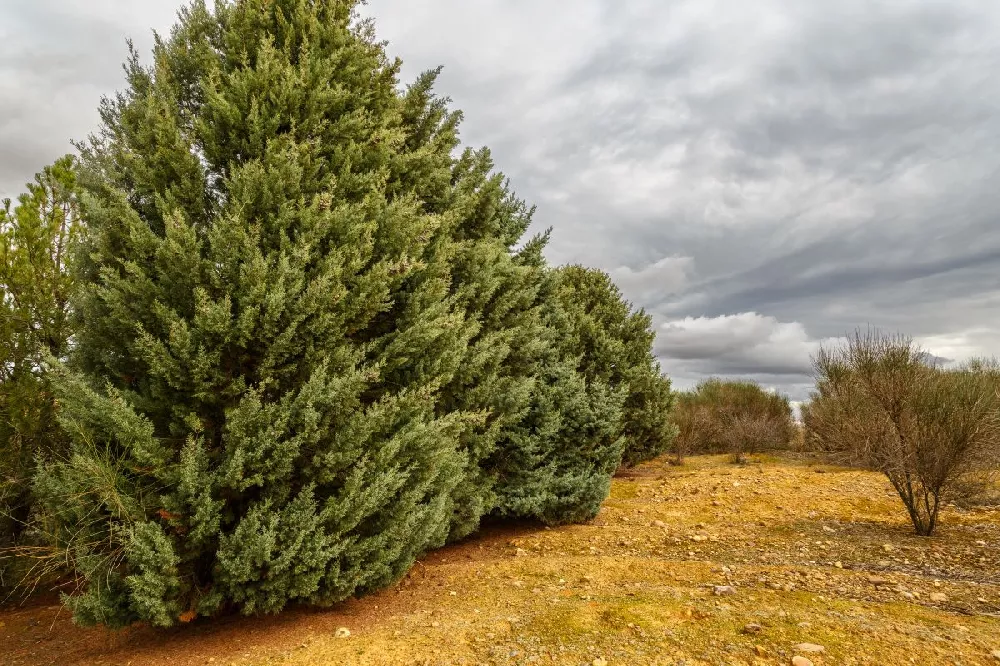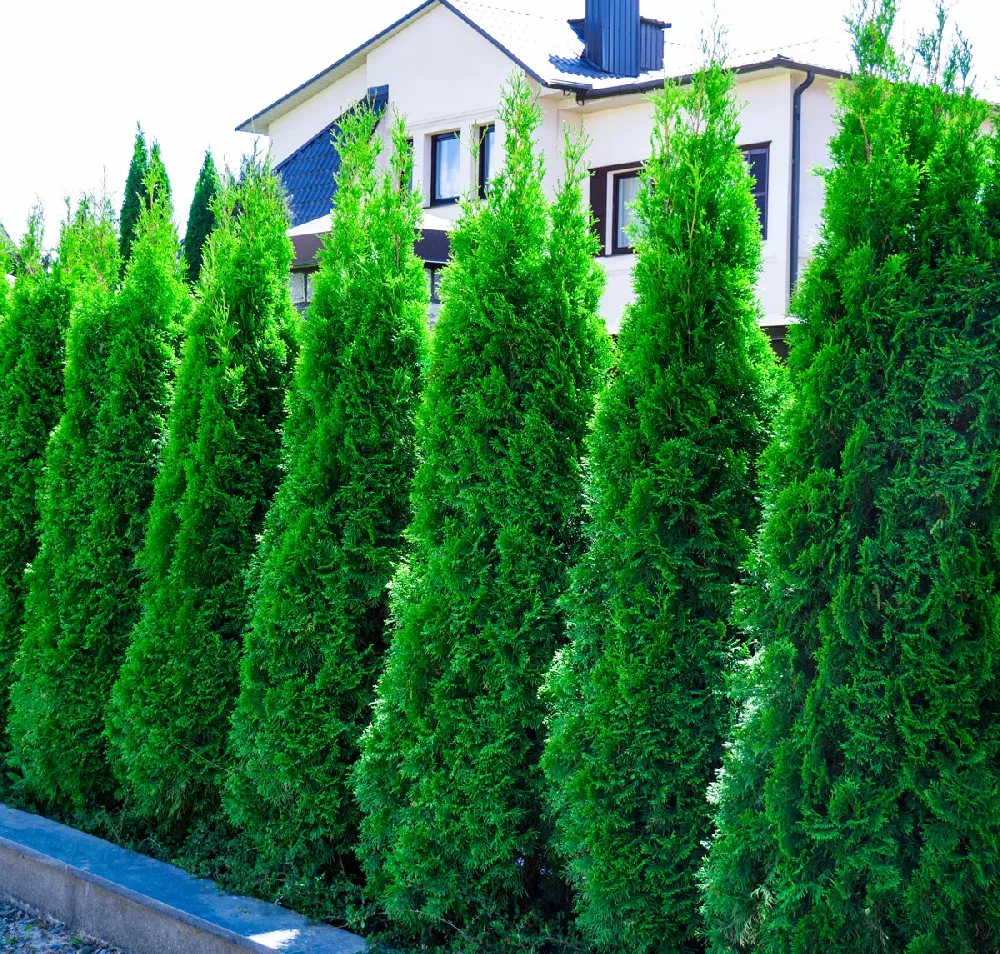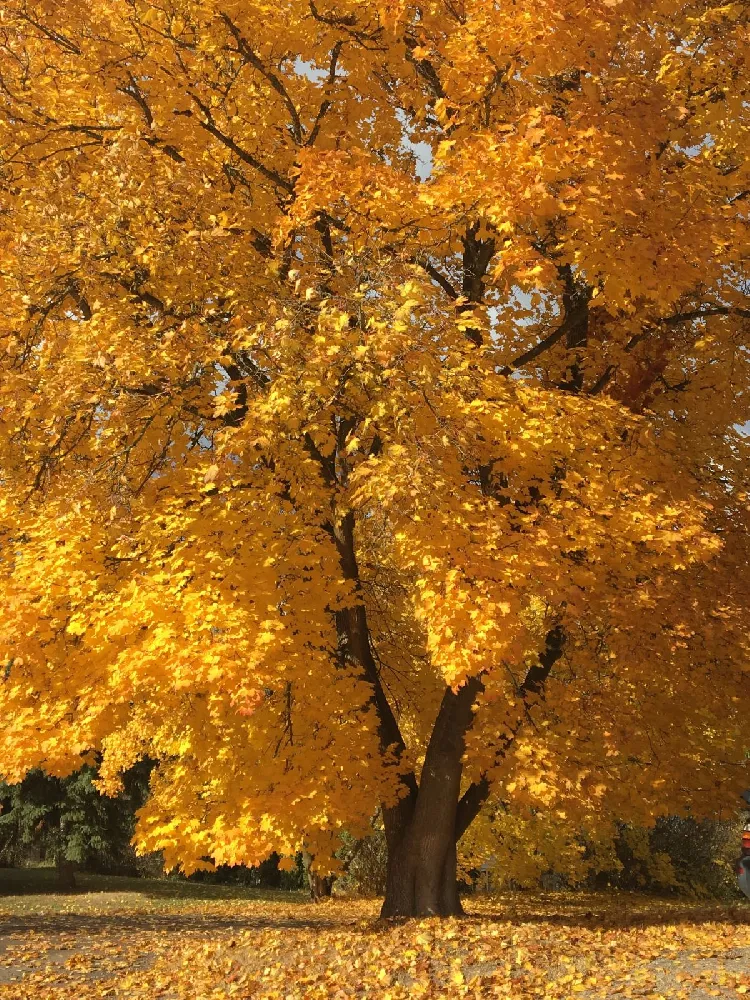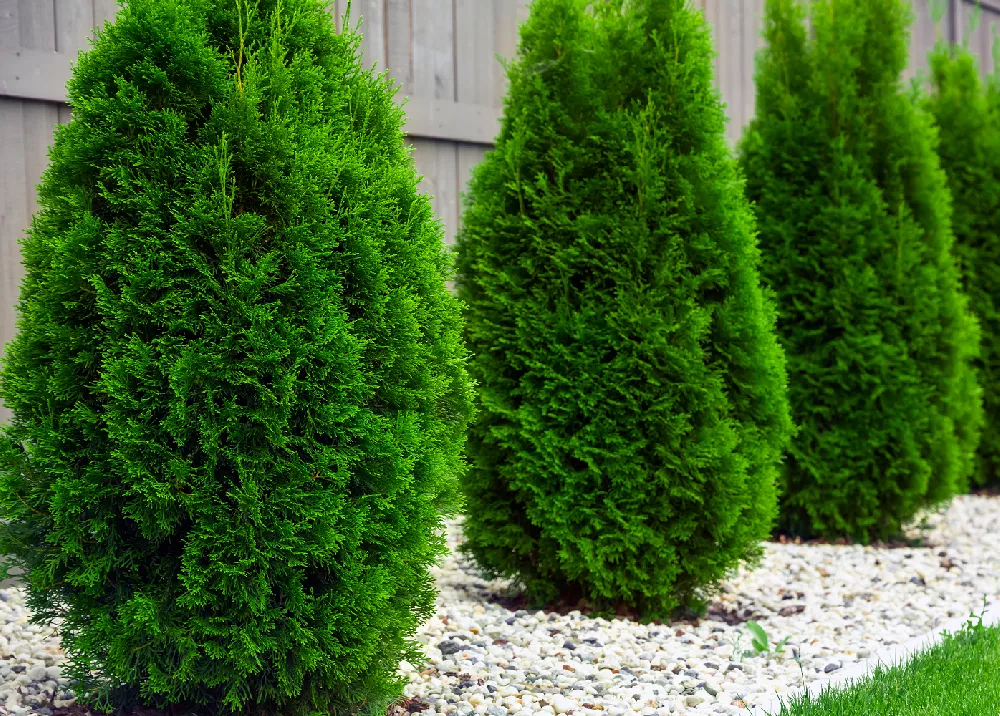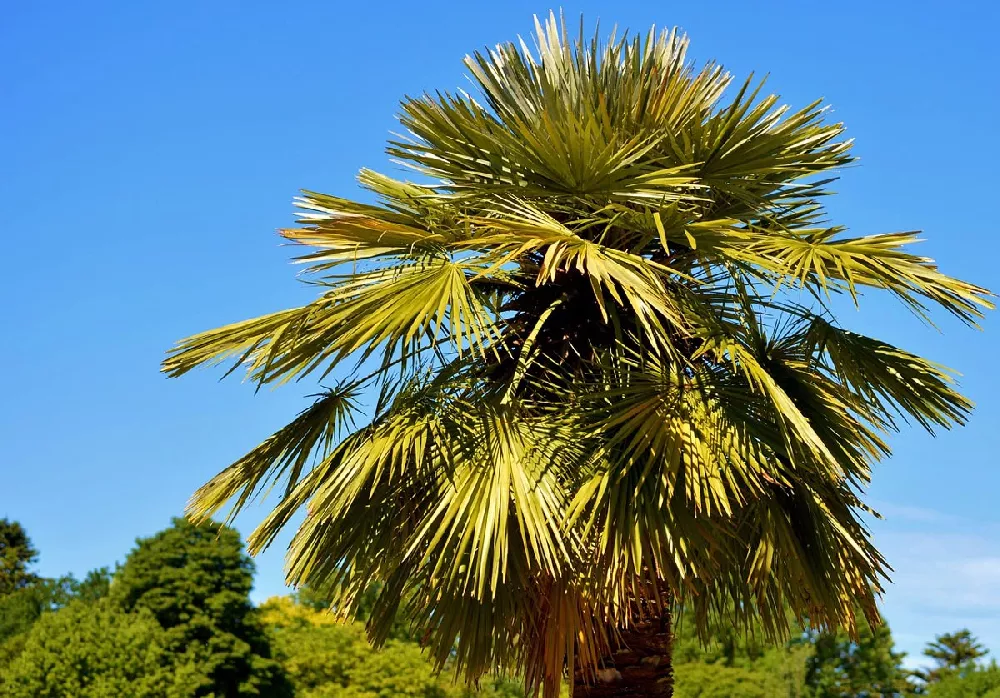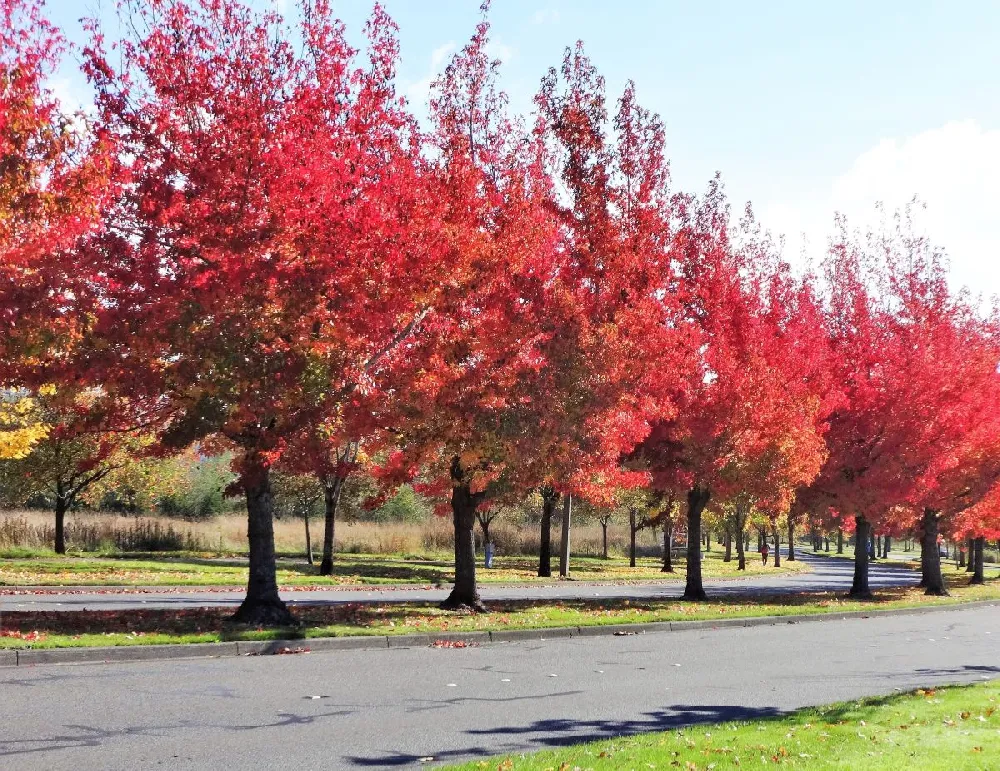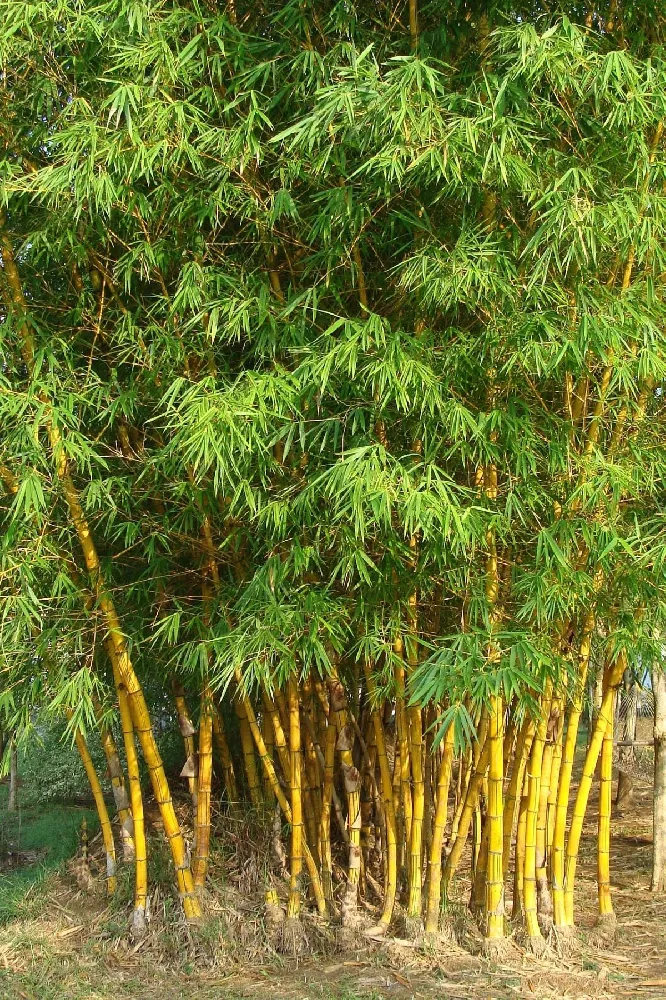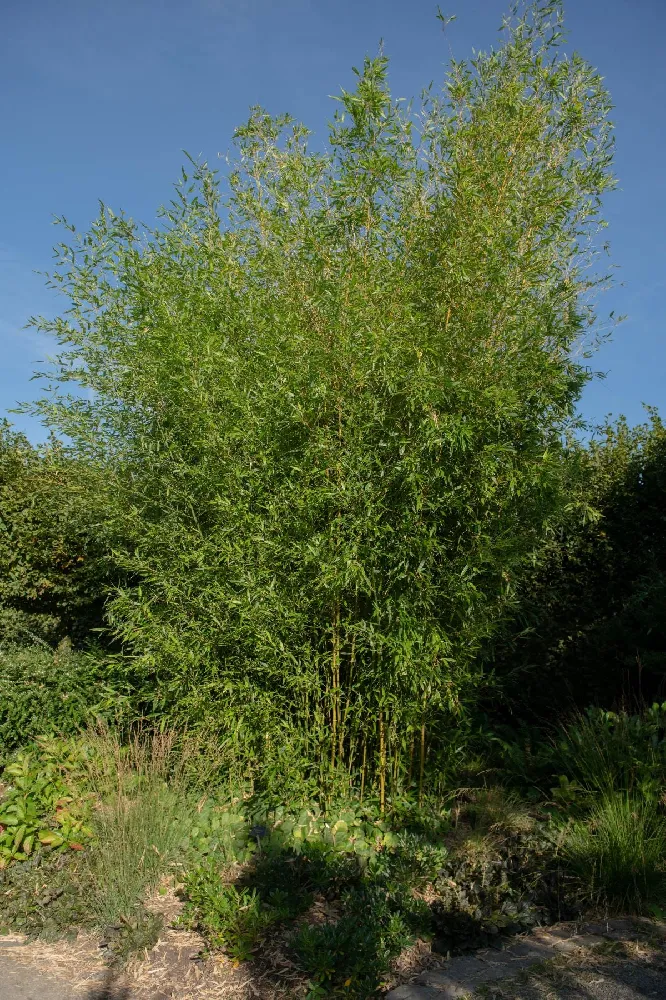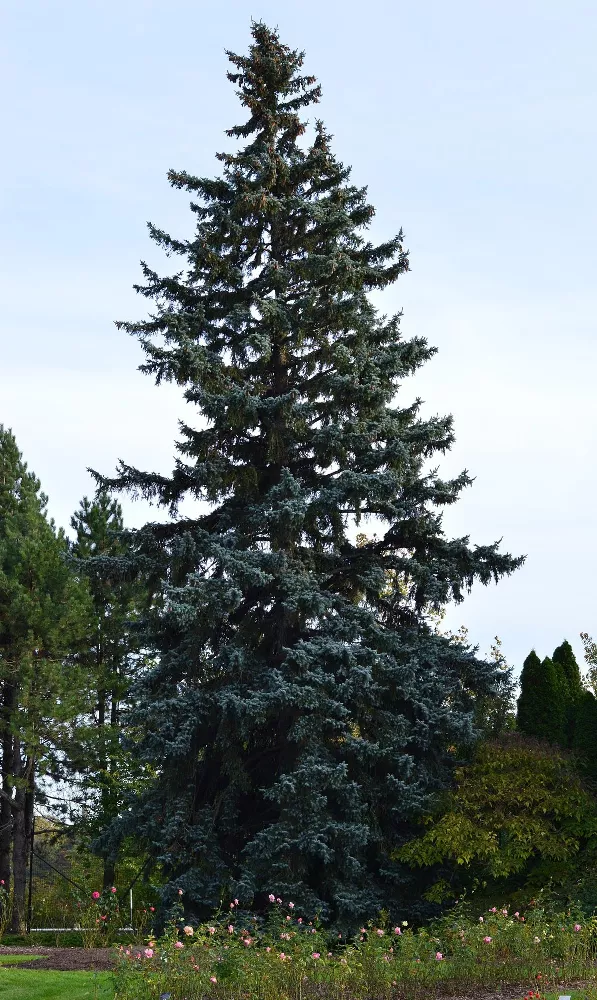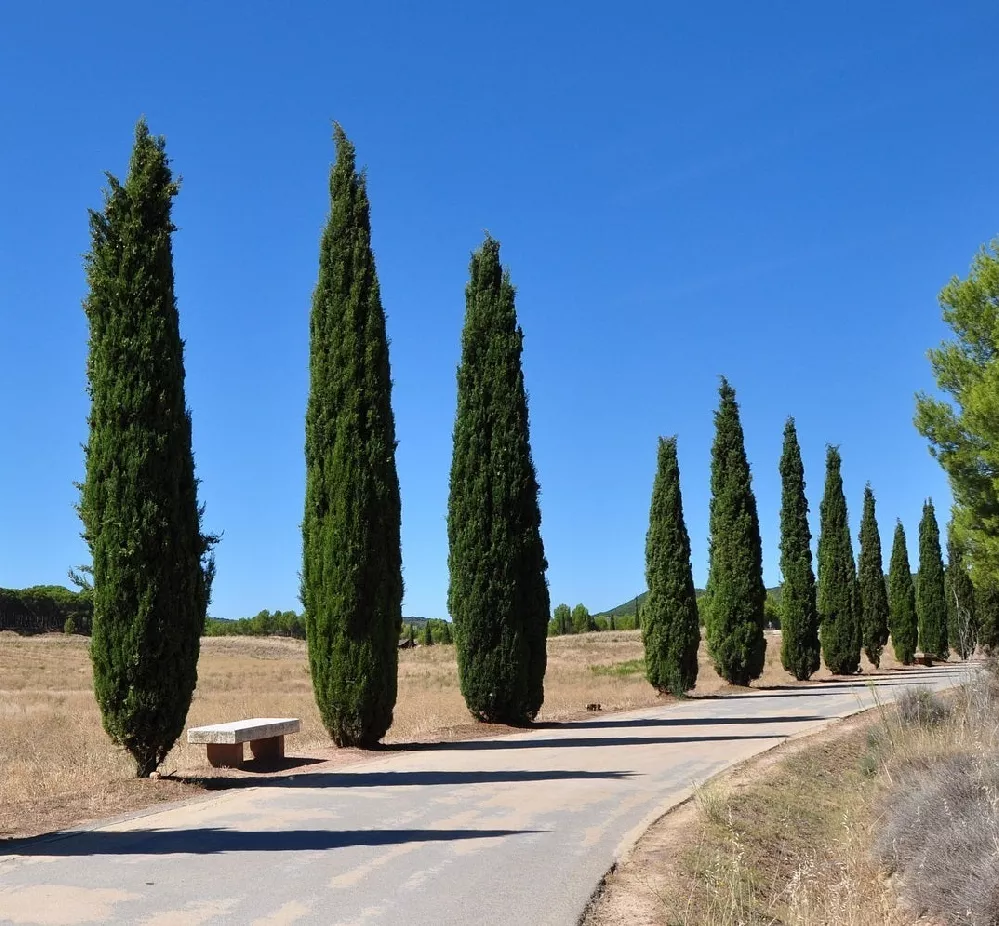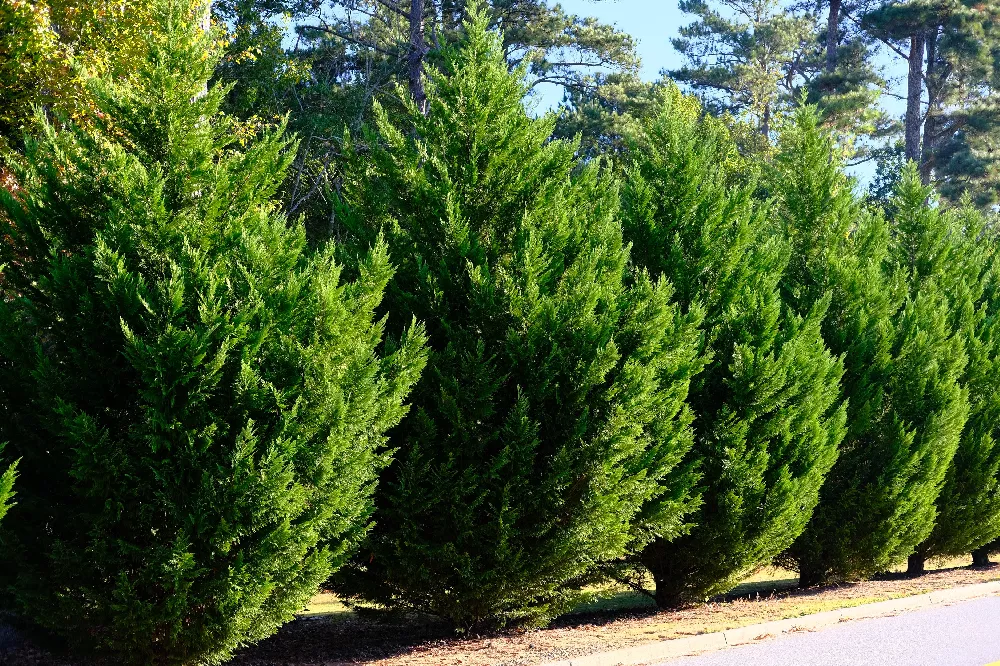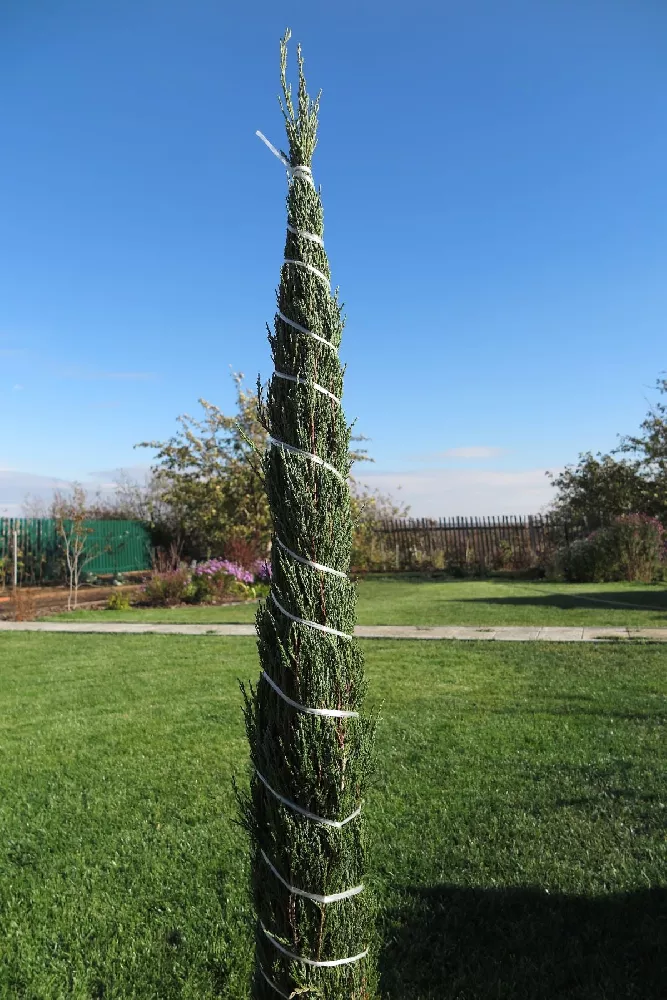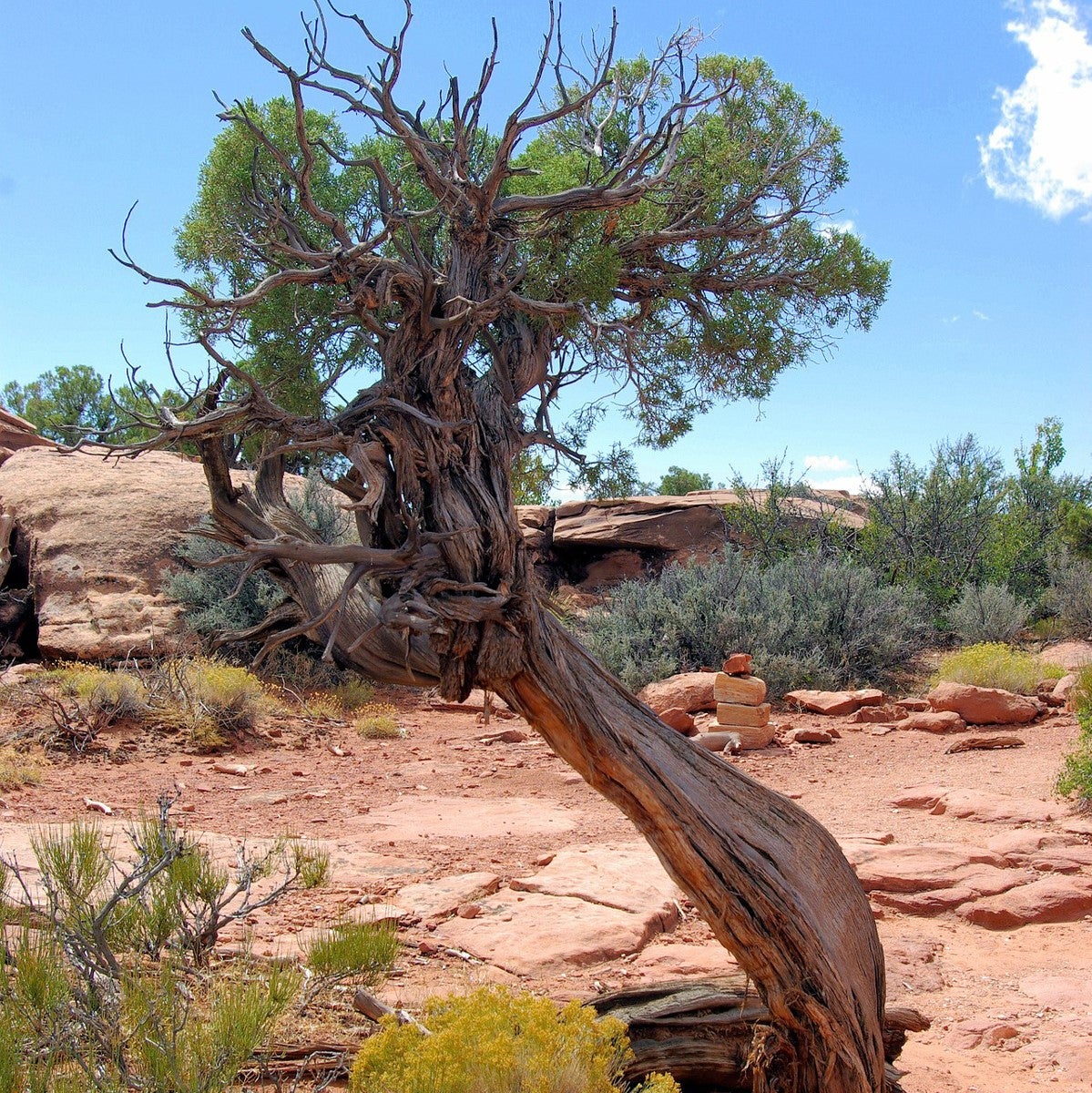- Home >
- Privacy Trees
Privacy Trees for Sale
Filters
Price Range
Growing Zones
Plant Type
Sunlight
Mature Height
Plant Characteristics
34 Results
-
Growing Zone(s): 6-9$82.95
-
Growing Zone(s): 3-8$34.95
$41.95Save up to 16% -
Growing Zone(s): 4-9$189.95
$229.95Save up to 17% -
Growing Zone(s): 5-8$219.95
-
Growing Zone(s): 3-11 / 8-11$189.95
$279.95Save up to 32% -
Growing Zone(s): 4-9$129.95
$189.95Save up to 31% -
Growing Zone(s): 8-10$129.95
$159.95Save up to 18% -
Growing Zone(s): 8-11$164.95
$229.95Save up to 28% -
Growing Zone(s): 5-9$87.95
-
Best SellerGrowing Zone(s): 8-10$31.95
$40.95Save up to 21% -
Best SellerGrowing Zone(s): 6-10$26.95
$27.95Save up to 3% -
Growing Zone(s): 3-8$49.95
Privacy Trees – Buying & Growing Guide
Privacy is one of the most incredible benefits of having your own backyard space. One of the best ways to create privacy is by planting trees. Privacy trees use their foliage to block views and some sound from neighboring properties. Below you will find a few tree options that are ideal for that role.
Types of Privacy Trees
| Type | Growing Zone | Mature Height | Sun | Features |
| American arborvitae, Thuja occidentalis | 2-7 | 20-40 feet | Full sun to part shade: 4-8 hours | Reliable foliage year-round and excellent cold hardiness |
| Boxwood, Buxus ‘Green Mountain’ | 5-9 | 3-7 feet | Full sun to part shade: 4-8 hours | Responds extremely well to shearing, dense foliage |
| Blue spruce,
Picea pungens |
2-7 | 30-60 feet | Full sun: 6-8 hours | Perfect cone shape, surprisingly vibrant needles |
| Rosebay rhododendron, Rhododendron maximum
|
3-7 | 5-15 feet | Part shade to full shade: 4 hours or less | Large flowers and broad, oval-shaped leaves |
| American holly, Ilex opaca | 5-9 | 15-30 feet | Full sun to part shade: 4-8 hours | Bright red berries and recognizable leaves |
| English yew, Taxus baccata | 6-7 | 30-60 feet | Full sun to part shade: 4-8 hours | Soft but dense needles, prominent red berries |
| Eastern red cedar, Juniperus virginiana | 2-9 | 30-60 feet | Full sun: 6-8 hours | Attractive reddish bark, consistent foliage |
| Leyland cypress, Cupressus × leylandii | 6-10 | 60-70 feet | Full sun: 6-8 hours | Lovely oval shape and with dense evergreen foliage |
| Eastern white pine, Pinus strobus | 3-8 | 50-80 feet | Full sun to part shade: 4-8 hours | Long needles and noticeable cones |
| Norway spruce, Picea abies | 2-7 | 40-60 feet | Full sun: 6-8 hours | Large pyramidal form with pendulous needle clusters and cones |
Benefits of Privacy Trees
The primary benefit of privacy trees is that they allow your outdoor living spaces to be peaceful and private. The most notable feature of these trees is they prevent people outside your garden from looking in. Most of the best privacy trees are evergreen, as they will add privacy all year. What is less appreciated about privacy trees is that they can also block noise and be very attractive. A dense hedge can muffle voices and other loud sounds. And while privacy is a practical matter, many of the plants you use to gain privacy will also offer you attractive foliage and flowers.
How to Grow and Plant Privacy Trees
Unless there is one single angle that you hope to screen, the chances are you will need to plant multiple trees to create the privacy you need. In many cases, planting a row of privacy trees is the best way to achieve this.
Focus on spacing and recognize that the closer you plant your trees, the sooner they grow together to create a continuous hedge. Each tree will need a distinct growing space. However, when planting for privacy, you should plant your trees a bit closer than you usually would. Reading the mature size of some trees may make you hesitant to grow them so closely. But remember that the goal of a privacy hedge is to create a continuous screen. The overlapping of multiple tree canopies is what you need to make that screen.
Be strategic when choosing where to plant your privacy trees. Plant your privacy trees along the edges of your property or where they can obstruct the view you deem undesirable.
